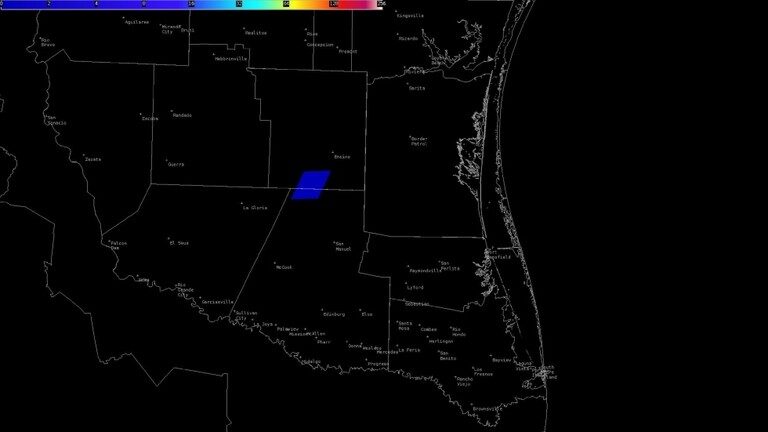OF THE
TIMES

After examining multiple reports, NASA released a statement Thursday that confirmed a meteoroid made entry near McAllen around 1800 ET.Good question. British astronomer Victor Clube articulated the perfect answer:
"NASA experts believe the object was a meteoroid about two feet in diameter weighing about 1,000 pounds," a statement from the space agency read. [...]
We have one question: Why didn't planetary defense systems monitor the meteoroid, especially since it was a 1,000-pound chunk of space rock? Or was the military's radar system too busy chasing balloons?
"We do not need the celestial threat to disguise Cold War intentions; rather we need the Cold War to disguise celestial intentions!"
~ British astronomer Victor Clube, author of The Cosmic Serpent and The Cosmic Winter, in a report commissioned by the U.S. Air Force
K. Sarneczky reported a new NEOCP candidate observed at GINOP-KHK (K88). Rapid follow-up from multiple sites indicated an impact with the Earth's atmosphere on February 13 03:00 UTC near the coast of Normandy, France, as determined by imminent impact monitoring services such as JPL's Scout, ESA's Meerkat and MPC's internal warning system.Map of the impact zone predicted to occur a few kilometers from French coast, North-East of Le Havre. Click on it for a bigger version.
Comment: Videos below of this terrible beauty as it burned up over northwestern Europe: